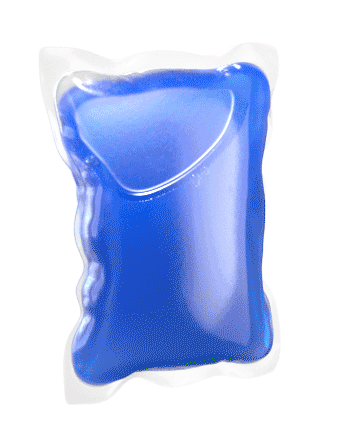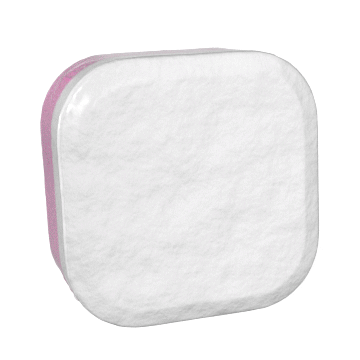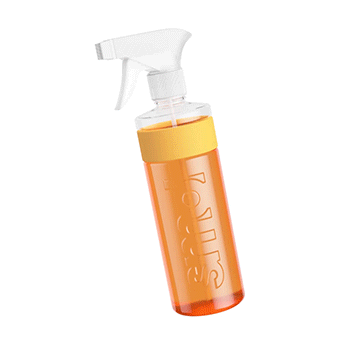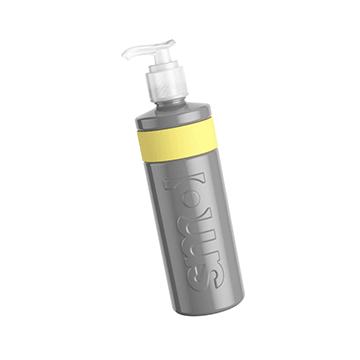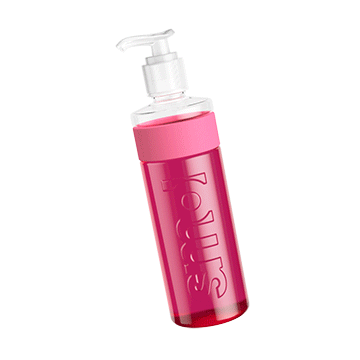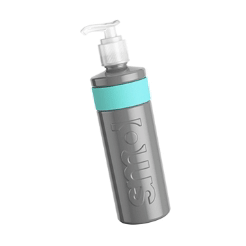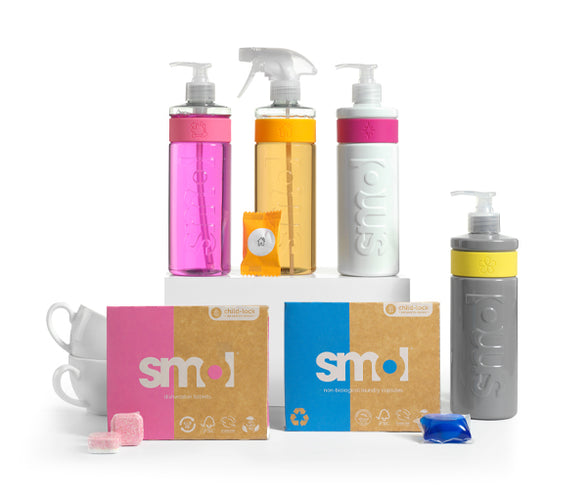
So… you’ve dropped your selected items at the dry cleaners, watched as they tagged your clothes and written you out a ticket. You’ve even gazed at the neatly wrapped dry cleaning all hanging in a row, awaiting collection.
But how EXACTLY were these clothes cleaned and why can’t they just go in the washing machine?
Let’s take a look behind the dry cleaning curtains…
why dry?
If you’ve got some silk, suede, velvet or leather hanging in your wardrobe then they are all probably going to be dry clean only items. You can check this by looking at the clothing care label and checking for the dry clean symbol but if you’re unsure what this looks like, check out our handy clothing care label guide for all the info!
Ignore the label at your peril because if you put your dry clean-only items in your washing machine you run the risk of fabric damage and/or severe shrinkage!
tag along.
It’s interesting to learn that the tag stuck on your item with all your details, the collection date and any info about particular stains, actually stays on your clothes throughout the entire process of the dry clean. So let’s follow the tag… its first stop involves a pre-treatment stage.
pre-treat.
This is the point where any stains are treated. The dry cleaner will want to remove as much staining as possible at this point. Grease and oil stains are easier to remove when the clothes go through the actual dry clean, but water-based stains are not quite so easy so this pretreatment phase is important.
dry clean.
The main event.
Cleaning your clothes at home means using a washing machine, lots of water and of course some laundry detergent (like smol laundry capsules!). When clothes are cleaned at the dry cleaners they’re put into an appliance that looks similar to a washing machine (it’s actually a washer-extractor-dryer) but instead of using water and detergent it uses a liquid solvent such as perchlorethylene.
The basket inside (which holds the clothes) spins around and the perchlorethylene is sprayed across the items. The movement of the clothes and the addition of the solvent results in the cleaning taking place. During this process, the old solvent that is dirty gets pumped out through a filter - cleaned - and then is used again and again during the programme.
Once the cleaning is complete, the machine spins the clothes quickly to force out any solvent remaining in the items.
Lastly, the machine warms the clothes to dry them which also helps to evaporate any lasting remnants of any solvent.
stain check.
When the clothes are taken out of the dry cleaning machine they will be checked for any remaining stains. These can then be treated with small amounts of water, steam or by airing… however, older stains will always be harder to remove and sometimes, not even the dry cleaning will get them out.
press & pack.
Finally your clothes will be steamed or ironed and packed in a bag ready for collection.
dry clean cons.
-
It can become expensive
-
Strong chemicals are used
-
Items can get lost (i.e. go home in the wrong bag)!
-
There's no guarantee stains will be removed
-
Dry cleaners use a LOT of plastic wrap!
But with that being said…
Dry cleaning does have its advantages.
Some clothes can really only be dry cleaned. On the whole it’s a gentler process than washing your clothes at home (hence why it’s recommended for delicate fabrics). Dry-cleaned items are also less likely to shrink or crease than items that are washed with water and detergent in a machine at home.
the DIY dry…
If you’re tempted to give dry cleaning a try at home there are kits you can buy to give it a go. These tend to combine chemical stain removers with the heat and steam from your tumble dryer, iron or clothes steamer to achieve their stain removal. Dry cleaning at home is probably not going to deliver the same results as your local professional dry cleaners but for lightly soiled items they can be a good solution.
